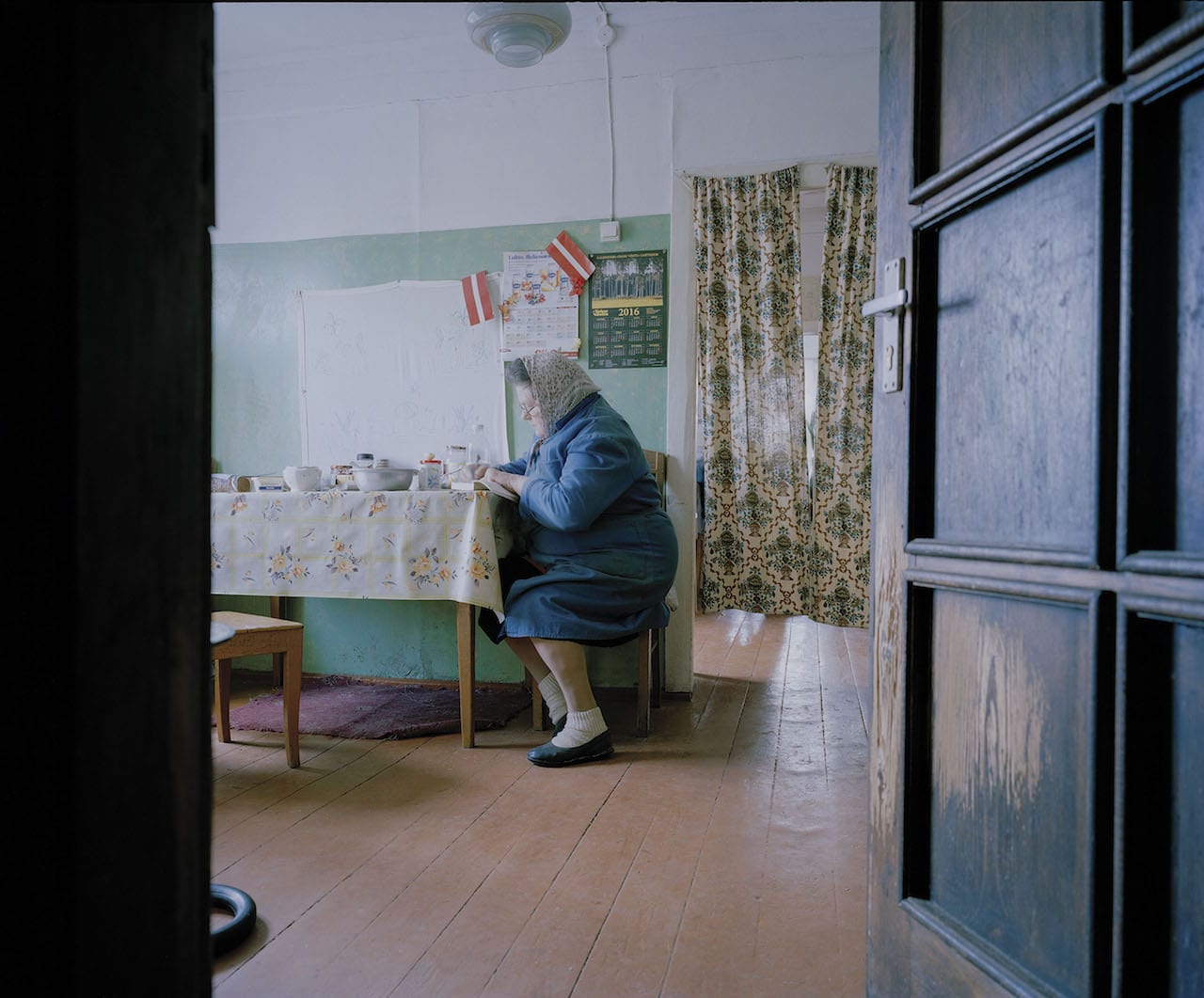In 2013, a proposal to initiate Europe’s largest gold and silver mining project in Roșia…


In 2013, a proposal to initiate Europe’s largest gold and silver mining project in Roșia…

Arnis Balcus, photographer, editor in chief of FK Magazine and director of Riga Photomonth, picks out the projects that caught his eye, including Georgs Avetisjans’ Homeland The Longest Village

Stakle recently won the New East Photo Prize organised by Calvert 22 Foundation, with a series titled Heavy Waters. Shot in Crimea in 2011, the series shows towns and villages scattered along the coast on the Crimean Peninsula – an area that was at the time part of Ukraine, but which became part of Russia after the Ukraine-Russia crisis in 2014. To date, Crimea remains an internationally unrecognised part of Russia. Crimea was one of the most popular resorts of the Soviet Union but, says Stakle, “being on the crossroads of trade routes has always been risky”. “Since times immemorial, the Crimean Peninsula has been coveted by different countries, near and far,” he writes in his introduction to the series.

“When I became a parent, I had the idea to make a photographic book for children,” says Russian photographer Andrey Ivanov, who has won the Photobookfest Dummy prize. “I started to photograph subjects and images of Russian fairy tales. At first it was a series of purely staged photos, but then I began to notice that some of the documentary photos I found fitted perfectly into this fabulous series.
“The fairy tale is the most authentic source of Russian archetypes. As the saying goes: ‘A fairy tale is a lie – yet there is a hint in it, a good lesson to good fellows’. The viewer follows the photographic tracks of the main hero of the fairy tale, referring to the cultural codes of the collective unconscious, and guesses or recognises the fairy-tale images, or hints of them.”

“One could easily say there’s nothing to photograph there, because it’s just like any other park,” says Latvian photographer Arnis Balcus of Victory Park. Situated in the Latvian capital Riga, Victory Park [‘Uzvaras Park’ in Latvian] was officially opened in 1910, in the presence of Tsar Nicholas II and the Mayor of Riga. But, as Balcus explains, “it is a park with a complex history”. First built to commemorate Latvian independence, the park was given its current name after the Soviet victory over Nazi Germany in WWII, and as such “embodies the historical trauma of a small Baltic nation”, says Balcus. It’s famous for its Victory Monument which, at 79m high, looms over Riga’s skyline and provides a daily reminder of the controversial issue it signifies.

Centred around the theme of New Chic, the works on show at Riga Photomonth this May “are united by quests in the language of photography,” says curator Alnis Stakle. Raising questions about the materiality of photography, he continues, these projects also examine “individual and collective meanings and identities and the rituals of looking and showing off”. Inka and Niclas Lindergård are showing a series titled The Belt of Venus and the Shadow of the Earth, for example, which addresses the materiality of the photograph and photography’s role in the stylisation of the landscape. Through manipulation and the use of colour flashlights “their works become an open portal to the hyperrealistic synthesis of beauty, kitsch and visual desire in the language of photography,” says Stakle, who is director of Multimedia Communication and Photography at Riga Stradins University, and a celebrated photographer in his own right (bjp-online featured his series Theory of R in March 2017).